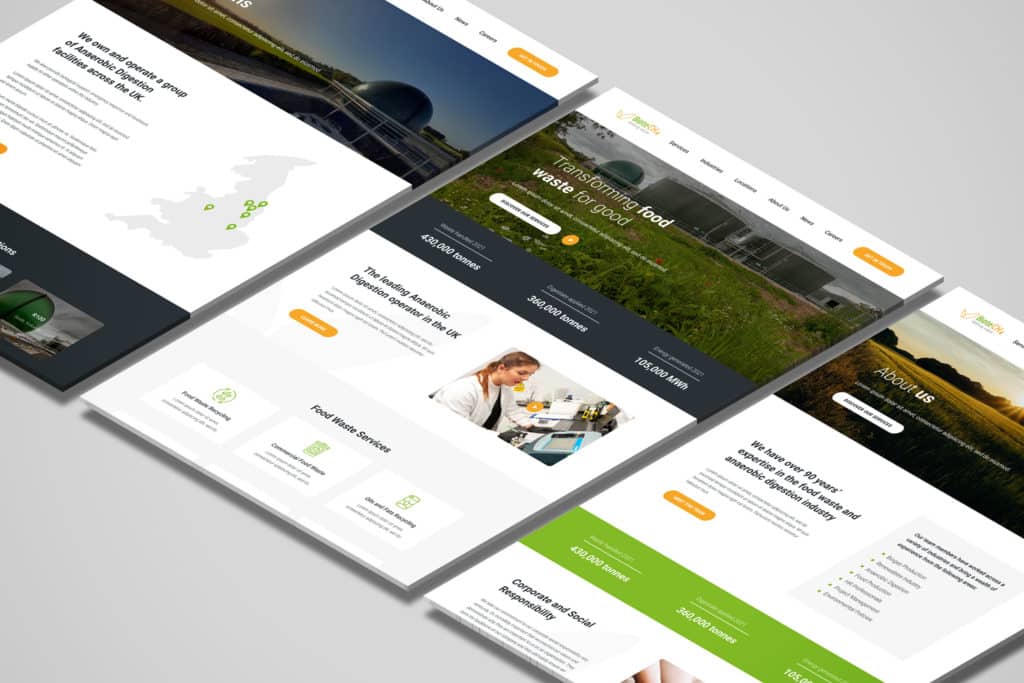In a world made up of products and services, what separates you from the rest? Whilst we can’t be all things to all people, how do you ensure that you’re seen by those who count?
Imagine you’ve got a chocolate cake, and you share it with your family. Some would want more, some might be gluten-free, and some may not even like chocolate cake. Not everyone’s appetite is the same, and not everyone’s tastes are alike. Not everyone wants the same thing at the same time. Successful marketing is rooted in human behaviour, so to market effectively, you must show up where your audience is, at the right time, and in the right place.
“Marketing segmentation is a natural result of the vast differences among people” — Donald Norman
Segmenting your audience is an easy and effective way to tune into your audience, gather information, and improve your revenue. However, having the same messages on every platform and for every audience is a massive mistake. Not every space is the place for you. Don’t waste your time and energy.
Take social media as an example. Did you know that
- 41% of all Facebook users are 45 and older
- More than half of Instagram users are under the age of 35
- 57% of TikTok users identify as female
- TikTok is the most-downloaded app in over 40 countries
(source)
So whilst you might have business accounts across numerous social media platforms, how much of your marketing efforts are seen by the people that matter most? How connected are you, really?
Most companies will have a broad target audience in mind; market segmentation is about drilling down even further. It is about finding out exactly who you want to reach, curating your message accordingly, speaking to them directly, and delivering content that will resonate with them.
Segmentation is… more than just emails
Customer segmentation is often discussed in relation to emails, but it’s about so much more than email marketing. The reasons why market segmentation is essential for growth extends way beyond prime email estate. And it’s this exact reason that companies such Facebook, Instagram and LinkedIn provide paid social media advertising that allows you to target specific audiences.
Segmentation is important because it…
- Helps you to identify your different audiences clearly
- Allows you to tailor messages to specific audiences
- Enables you to create lists of top customers/your loyal fans!
- Reduces waste
- Improves customer service and experience
- Increases leads and conversions
- Informs your product and service development
Segmented campaigns have increased revenue by as much as 760%!
How to segment your audience
Segmentation allows you to explore your customers’ interests, needs, values, and pain points. It enables you to get to the finer details of who your customers truly are. There are four main areas of segmentation.
- Demographic – age, gender, income, education, life stage
- Geographic – country, city, language – email and paid social media advertising allow you to drill down to specific locations
- Psychographic – values, personality, interests, lifestyle, opinions
- Behaviours – occasion, mood, intent, motivations
There is a myriad of ways you can organise your customers to suit your marketing goals. But, what is most important is that you’re placing the customer front and centre in whatever you’re doing. This not only supports your place as a considered brand and business that wants to connect with your core customers, but it enables you to collate data in terms of paid advertising, click rates on blogs, bounce rates on website pages, and open rates on email; it’s this invaluable data that shapes what happens next.
Segmentation allows you to
- Personalise emails
- Find the best timing for social media posts
- Create bespoke landing pages
- Hone your messaging
- Improve your product
- Build stronger customer relations
- Utilise your stats to refine your campaigns
Segmentation makes GOOD sense
Gone are the days of blanket marketing, bombarding customers with emails, social posts and content. Every piece of marketing needs to be considered. The average carbon footprint of an email is 0.3g CO2e. The carbon footprint of an Instagram post is 1.55 CO2e. Even scrolling on Instagram makes a mark; five minutes on 10 social media platforms uses 20kg of carbon a year, enough to drive a car for over 50 miles! In the pursuit of less is more, more audience segmentation is not only great for your business, but it’s good for the planet too. It encourages us to be considered in what we share, what we post, what we write, and what we send.
Tipped as one of the top three marketing tactics used by marketers, audience segmentation is a growing trend. Helping you to constantly refine your data, put yourself ahead of your competitors, and really get to know your audience.
THE TYPEFACE GROUP CASE STUDY
Want to see how it works?
BioteCH₄ commissioned The Typeface Group to do a full content review before rebuilding their website.
Click to find out what we did and the immediate results.

